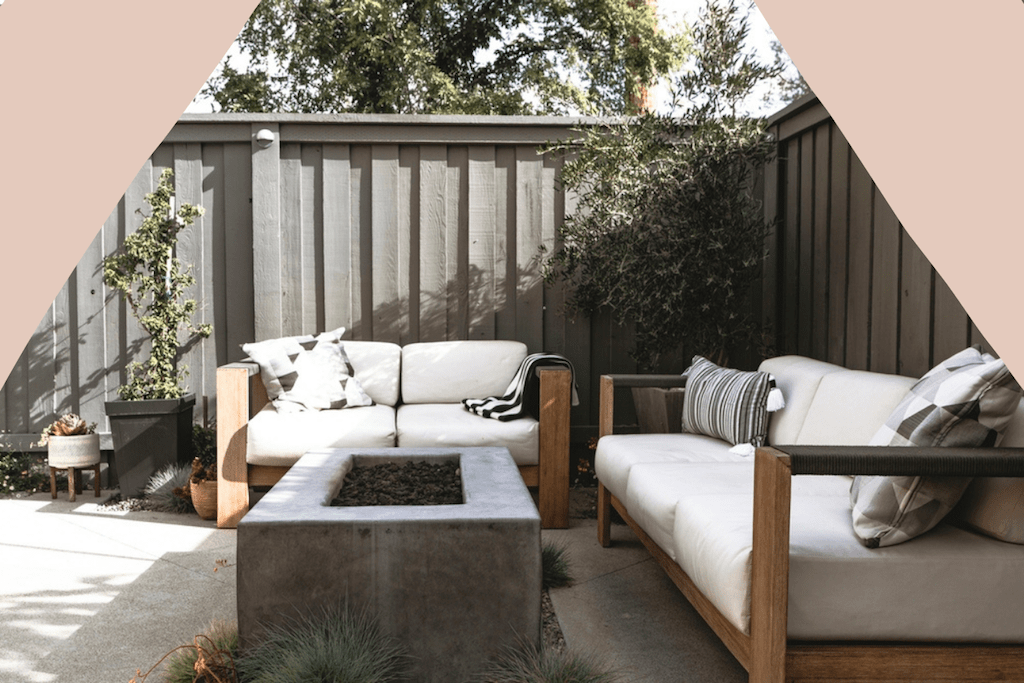That pristine fence you invested in last year is already showing signs of wear. The panels are warping, the posts have developed an unsettling lean, and the whole structure has taken on that tired, weathered look that plagues British gardens nationwide. This isn’t bad luck—it’s the predictable result of poor material choices and rushed installations that cost homeowners thousands in unnecessary replacements.
The evidence is everywhere: in storm-damaged panels cluttering skip bins each winter and in the steady stream of emergency repairs after every major storm. Most British homeowners are unknowingly throwing money away on fencing that’s destined to fail within five years.
The True Cost Of Cheap Fencing
Expert opinion suggests that fences only last around six years before showing pronounced signs of wear and tear. Those budget-friendly lap panels—stacked temptingly by the entrance of every garden centre—are failing at an astonishing rate. Replacing a failed fence costs three times more than getting it right the first time, once you factor in removal and disposal fees.

Material Evolution: Beyond Traditional Timber
The fence material market has transformed dramatically, yet many homeowners remain unaware of the innovations that could save them thousands. Traditional treated softwood remains popular due to its accessible price point, but requires religious annual maintenance to reach its 10-15 year potential lifespan. Miss one treatment, and you’ve potentially halved your fence’s life expectancy.
Composite fencing represents a genuine leap forward. Modern composites offer sophisticated textures and a 25-year minimum lifespan with zero maintenance requirements. Their 15-20% higher initial investment typically pays for itself within six years through eliminated maintenance costs.
Cedar provides remarkable resistance to both rot and insect damage without chemical treatments, typically lasting 15-20 years with minimal intervention. While costlier than treated softwood, its reduced maintenance needs make it particularly suitable for gardens where aesthetic consistency matters more than initial savings.
Vinyl fencing, the latest evolution in fence technology, has overcome historical issues with UV degradation and thermal expansion. Modern systems offer sophisticated woodgrain textures that can withstand decades of British weather without fading or warping. Their 30-40 year lifespan makes the higher initial cost increasingly attractive for homeowners thinking beyond the five-year horizon.
The Science Of Stability
A fence is only as good as its foundations – a truth that becomes painfully evident during British winters. Post depth should reach at least 600mm in firm soil, extending to 750mm in clay or loose soil. Post thickness must increase proportionally with fence height: 100mm for standard garden fences, scaling up to 150mm for anything pushing height restrictions. The concrete mix ratio of 1:2:4 isn’t just builder’s lore but a scientifically determined formula that provides optimal strength while allowing enough flexibility to prevent cracking in frost.

Installation: Where Most Fences Fail
The gap between a fence that lasts five years and one that lasts twenty often has little to do with materials and everything to do with installation technique. Professional installation typically adds £80-100 per panel to your project—a cost that many try to avoid. However, this decision often proves catastrophically expensive.
Each post hole needs proper drainage preparation—a step often skipped in DIY installations. The gravel layer at the base of each post isn’t optional; it’s essential for preventing water accumulation that leads to rot, algae and frost heave. Ground preparation makes or breaks a fence’s longevity. Removing all organic material from post holes prevents future subsidence.
The Bottom Line
A properly specified and installed fence should deliver at least 15 years of service with minimal maintenance. Quality materials command £75-120 per metre, with professional installation adding £40-60 per metre. While these figures suggest significant upfront costs, they pale compared with the £150-200 per metre cost of replacement, including removal of failed fencing.
Consider a typical 20-metre garden boundary. Budget installation might save £1,000 initially but typically requires complete replacement within five years. Factor in the cost of multiple replacements over 15 years, plus ongoing repairs and maintenance, and that initial saving transforms into a £2,000 loss. This figure doesn’t include the disruption of repeated installations or the gradual degradation of garden aesthetics between replacements.
The British garden fence represents a significant investment in property value and lifestyle quality. Understanding the technical aspects of fencing allows homeowners to make informed decisions that save thousands over the long term while delivering the security and aesthetics they actually seek. In an era of rising property maintenance costs, getting fencing right the first time has never been more crucial.





